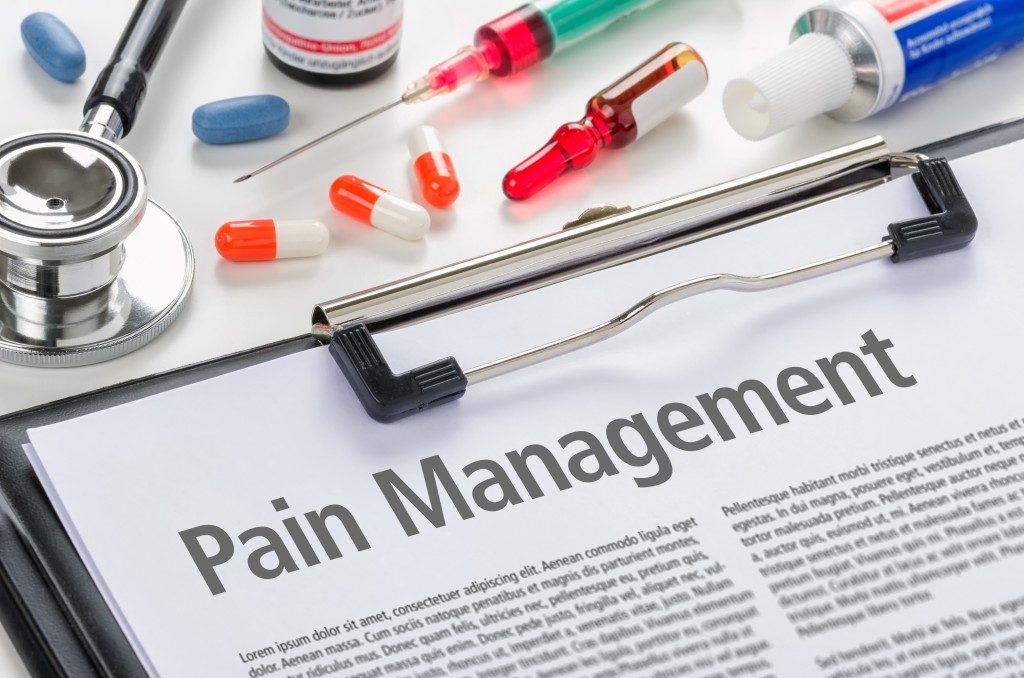Pain is among the most usual complaints that make people want to visit their doctor. Pain typically goes away once a person has recovered from its cause, which is usually an illness or injury. However, if you have chronic pain syndrome or CPS, your pain could persist for several months or year following your illness or injury.
In some people, pain could even occur without any known trigger.
What Causes Chronic Pain?
It is estimated that an estimated 25 million people in the U.S. have chronic pain syndrome that can last anywhere from three to six months. The exact cause of CPS is technically unknown. It typically starts with painful condition or injury such as back pain, rheumatoid arthritis, osteoarthritis, inflammatory bowel disease or IBD, fibromyalgia, advanced cancer, and surgical trauma.
But even after recovering from these conditions, some individuals still experience persistent pain. This specific kind of pain is believed to be a result of miscommunication between the nervous system and the brain.
In turn, it alters how neurons – the brain’s nerve cells used for sending and processing sensory input – behave and make them oversensitive to pain.
How Do I Know If I Have Chronic Pain?
Aside from negatively affecting your physical health, having chronic pain will also impact your mental health. Although pain could be a constant companion, you might also experience flares from increased activity or stress.
During flares, you might feel physical symptoms such as muscle aches, joint pain, fatigue, burning pain, difficulty sleeping, loss of flexibility and stamina, as well as anxiety and depression.
How is Chronic Pain Treated?
While very perplexing, fortunately, chronic pain is treatable. When you consult a chronic pain treatment specialist in Tulsa, you’ll likely be advised a combination of these treatment options:
- Medications for alleviating pain – These include anti-inflammatories, muscle relaxers, steroids, antidepressants that can relieve pain, and opioids in more severe cases.
- Physical therapy – For increasing range of motion (ROM) or flexibility.
- Nerve blocks – For interrupting pain signals.
- Behavioral and psychological therapy – Although these might not directly treat pain, they can help improve mood. For instance, CBT or cognitive behavioral therapy, which is a form of psychotherapy, works to address anxiety and depression. Another is biofeedback therapy that involves teaching individuals to utilize their mind for controlling body reactions.
- Alternative therapies – These help with fixing the mind-body connection and include yoga, hypnosis, and acupuncture.
Tips for Managing Chronic Pain

Dealing with chronic pain could be immensely challenging because of the pain you feel constantly. Emotional stress could even worsen your symptoms and make it difficult for you to go about your daily life, much less go to work.
But you must combat physical and mental stress so you’ll be better equipped at handling your pain. Focus on more positive things. Keep seeing your friends and family and continue doing activities you take pleasure in.
Look for support groups so you can share your story with people going through the same things as you. Lastly, don’t forget that the sooner you receive an accurate diagnosis, the sooner you can start treatment and addressing your symptoms.




